Gurdwaras in North AmericaFor the fifth article in this series, we are moving a little further afield from my home country in the UK and toward an area with a large Sikh population and huge influence in the Panjabi diaspora, North America. There are four large Sikh population centres here (Ontario, British Colombia, New York, and California), although you can find Sikhs across both Canada and the United States. You can read the rest of the series by following these links: Part 1: Gurdwaras in the Midlands Part 2: (More) Gurdwaras in the Midlands Part 3: Gurdwaras in London & the South East Part 4: Gurdwaras in Europe Background to articleIn the second half of the 19th century, the British Empire ruled Panjab, the traditional homeland of the Sikhs. Being a global empire meant that Britain had holdings across the world, and so Sikhs found themselves establishing small communities globally when being shipped abroad as soldiers, labourers, or agriculturalists. The destinations were often colonies of the UK where labour was in demand, or frontier provinces where an armed presence was needed. Canada was country, which - while considered a largely self-governing dominion - was very much a key part of the British Empire. It was (and remains) a large country with abundant natural resources, but sparsely populated. To fill this labour shortage, Sikhs began settling in the western part of the country as early as the 1880s - just one generation removed from the reign of Maharaja Ranjit Singh. In fact, some of the earliest settlers in Canada were likely born under Sikh rule, but in Canada they found significant hardships, from racist laws to xenophobic Canadians. This culminated in the 1914 Komagata Maru incident in which a ship carrying largely Sikh passengers from the subcontinent was denied disembarking when reaching Vancouver. Only a handful of passengers were allowed to disembark, and the ship was eventually forced to return to India, where some passengers were killed in clashes with British authorities upon their return. From this difficult start, Sikhs have built a strong and vibrant community in Canada and in the second decade of the 21st century, western Panjabi culture which was largely centered in the Midlands area of the UK, shifted to Canada's two large Sikh population centres, Brampton and Surrey. Immigration to the United States followed a similar pattern, albeit with a key difference. The US had declared its independence from the British Empire a century before and so - while facing the same discrimination as they did in Canada - Sikhs in the US were able to become more politically active. They built one of the earliest Sikh Gurdwaras in the Americas in Stockton, California, and found work on railroads, logging and mining. They were also able to organise themselves politically and the western US became a hotspot for an anti-British Empire movement, led by the Ghadri Babeh, a group of largely Sikh Panjabis that aimed to initiate rebellion and overthrow British rule in the subcontinent. Although their movement ultimately failed, they inspired a new generation of activists and freedom fighters that ultimately secured a form of independence, although a costly one that resulted in a partition of their homeland. The Sikh community in the US has grown more slowly and has only recently managed to make a global impact on the Sikh nation but is now a key part of the global Sikh diaspora that has produced famous writer, actors, industrialists, and politicians. The growth of the community in both of these countries has led to the development of numerous Gurdwaras. While you can find Gurdwaras in most major cities of Canada and the United States, they are centred around areas of large Sikh populations - namely Toronto and Vancouver in Canada, and New York and California in the United States. As I did for the three previous articles, I want to set out a clear understanding of this list. This list is based solely on the architecture of the Gurdwara and does not consider aspects like the political stance of the Gurdwara or any committee issues. I'm not a local to many of these Gurdwaras so I might not understand where committees are good or bad, I can only make a judgement on my brief visits. Secondly, I understand that Gurdwaras are supposed to be humble places to meditate and connect with the timeless. I also agree that any excess money should be spent on community projects to uplift the most vulnerable in society and not add golden domes to Gurdwaras. I think this current generation is effecting this change with community projects bring set up all over the UK (you can see a list of them here). For a more detailed background to these articles, I strongly suggest reading the background section of my first article on UK Gurdwaras here. 5. Sikh Center Flushing, New York, United StatesNew York really surprised me when I attended a Vaisakhi Nagar Kirtan in 2017 that went through the streets of Manhattan, was very well attended, and bravely raised concerns of human rights abuses suffered by Sikhs over the years. It made me realise just how passionate and organised Sikhs were in a city where they had become targets of hate crimes following 9/11. Like many other large cities in North America and the UK, the Flushing Gurdwara Sahib in New York is located close to an airport, LaGuardia. The area has a large immigrant population, especially Chinese, but also has a sizeable number of Sikhs. There is something about the understated exterior of the Gurdwara that I really love. The architecture is reminiscent of Gurdwara's built in the Sikh architectural style that flourished in Panjab in the first half of the 19th century, and also reminded me of an old Gurdwara in my hometown that was sadly "upgraded" into a copy + paste style architecture found across the UK. Inside, the setup is also unique, with a basement langar hall, a relatively narrow darbar sahib, and two large nishaan sahibs in front of the Guru's presence. In terms of being different, this Gurdwara definitely ticks all the boxes. You can read more about my time in New York here. 4. Gurdwara Sahib El Sobrante, California, United StatesCalifornia has been the traditional heartland of the Sikh community in the US, spread over cities such as Stockton, San Francisco, San Jose, and Yuba. The Yuba City Nagar Kirtan is one of the largest in North America and attracts Sikhs from around the world. Around the Bay Area there are several Gurdwaras, one of which is Gurdwara Sahib El Sobrante, located about an hour's drive north-east of San Francisco. The Gurdwara is built into a hillside and has magnificent views from its terraces. Inside, the Gurdwara is a fair size and during my trip over, there seemed to be a Gurmat class where a local Sikh woman was teaching paath (recitation) to students. The building itself seems fairly modern and was first opened in 1979, although the Gurdwara has a pretty infamous history, being the site of two separate shootings over the years. During my visit, I was happy to see a large congregation with people of all ages, and watching some of the kids running around with their friends reminded me a little of my childhood visits to my local Gurdwara. It's not an easy place to get to, with public transport only taking you a part of the way there, but the taxi expense is definitely worth visiting the Guru, and seeing this beautiful Gurdwara. You can read about my trip to San Francisco here. 3. Ontario Khalsa Darbar, Mississauga, CanadaI've only visited Canada once, and it was long before I ever dreamed of starting a blog. You can probably see how long ago it was from the pixels on the photo - this is seriously old. But if the beauty of a Gurdwara is its lasting impact on you, then this Gurdwara definitely deserves a mention on this list. The Ontario Khalsa Darbar, also known as Dixie Gurdwara, is one of the largest Gurdwaras in the Americas. Even over a decade later, I can still remember the awe at the sheer scale of this Gurdwara, sitting on grounds of 36 acres. Being younger, the thing that immediately caught my attention and has had a lasting impression on my memory is the 135ft Nishaan Sahib, which towers above the Gurdwara. It's unlike anything I've seen here in the UK. Inside, the spacious Gurdwara includes large darbar sahibs, interactive exhibits, and a Gurmat Academy that teaches youngsters kirtan, Panjabi, Gurbani, and Sikh history. 2. Sikh Gurdwara, Washington DC, United StatesWashington DC isn't known for having a large Sikh population, but there is an active community that has established itself in the capital of the US - and it's a community that is well organised and responds to Sikh related issue quickly. From a small Vaisakhi Nagar Kirtan, to having representation on 4th of July parades, the community has quickly made its presence known. The Sikh Gurdwara is located a stone's throw from the large Washington Cathedral and is part of the Pingalwara Trust. The Gurdwara is relatively small with a uniquely square shaped Darbar Sahib and a balcony that runs along its perimeter which gives this Gurdwara a special aesthetic. There are active gurmat and kirtan classes, as well as langar outreach programmes for the wider community. The Gurdwara gets very busy on certain Sundays, and there is a sizeable non-Sikh presence which is always nice to see. Its proximity to nearby embassies does create the potential for agencies to attend for non-religious purposes, but the Gurdwara is open to all, and does not discriminate or turn worshippers away. You can read about my time in Washington DC here. 1. Sikh Gurdwara San Jose, California, United StatesSometimes a Gurdwara is so beautifully designed that you forget where you are - and after visiting San Jose's largest Gurdwara - I couldn't quite believe that I wasn't in Panjab when I left the premises.
It's a famous Gurdwara, one that I'd heard about before I'd visited California, but nothing prepared me for just how different this Gurdwara is. San Jose Gurdwara was first constructed in 1984 but has seen a lot of growth which has led to it covering an area of almost 100,000 square feet and become the largest Gurdwara in the US. External speakers carry the sound of Gurbani (the Guru's word) through to the outside perimeter, while the collection of different buildings and the beautiful walkways between them make you feel as though you are walking in paradise. The Darbar Sahib is very large and beautifully decorated. The throne of the Guru is prominent and forms a great focal point, and English translations of Gurbani are digitally updated for all to see. The langar hall is smaller but serves a diverse community (I saw people of all races there during my visit). In fact, I even had a run in with a non-Sikh Indian who, I later learned, fakes illnesses to take people's money. He asked me to sit with him and order him langar, which I did, but when he tried to throw it away, I changed from being helpful to being firm and his whole demeanour changed. Outside again, small reflecting pools of water add a nice touch to the complex, while the views of San Jose are pretty incredible from the front of the Gurdwara. It is genuinely one of the best experiences I have had when visiting a Gurdwara and it's somewhere I'd like to return to again. You can read about my visit to San Francisco here. As with the other articles covering Gurdwaras in the UK and Europe, I hope this has inspired some of you to go out and check out your local Gurdwaras or if you're on a trip to Canada or the US to visit some of the ones I've covered here. While these Gurdwaras can get busy on weekends, if you're able to visit on weeknights you can learn more about Sikhi and find a quiet place to pray and meditate. Comments are closed.
|
AuthorBritish Sikh, born in the Midlands, based in London, travelling the world seeing new cultures. Categories
All
|
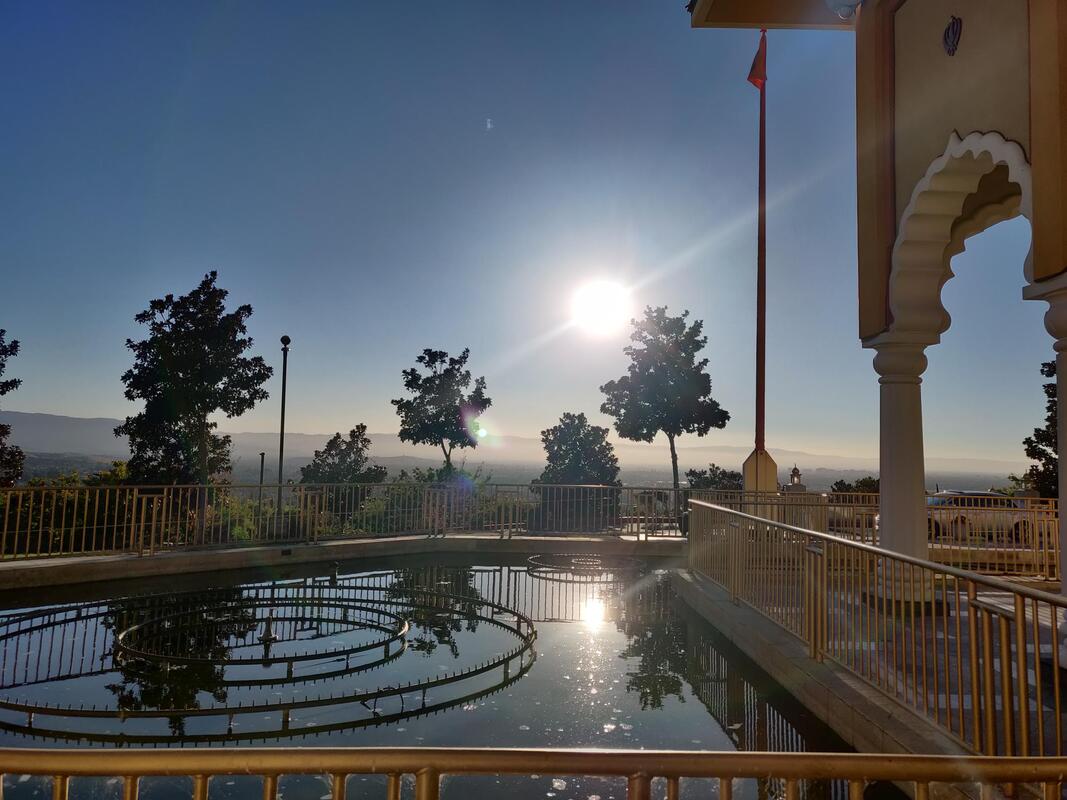
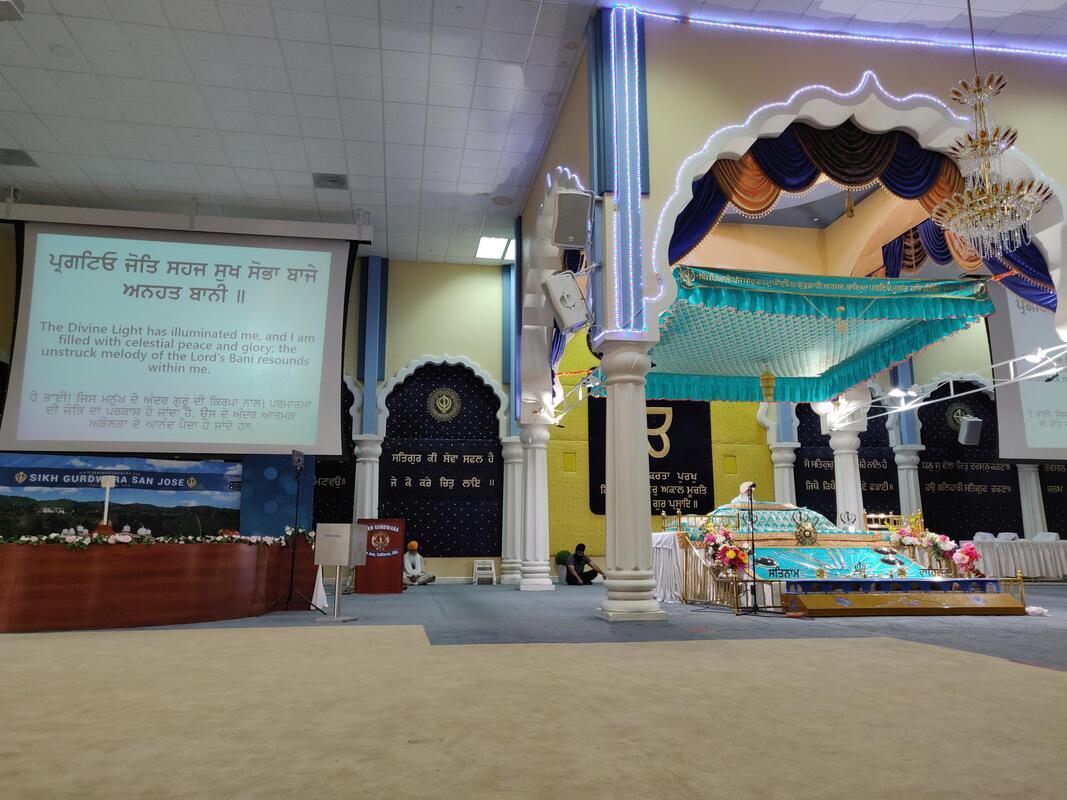
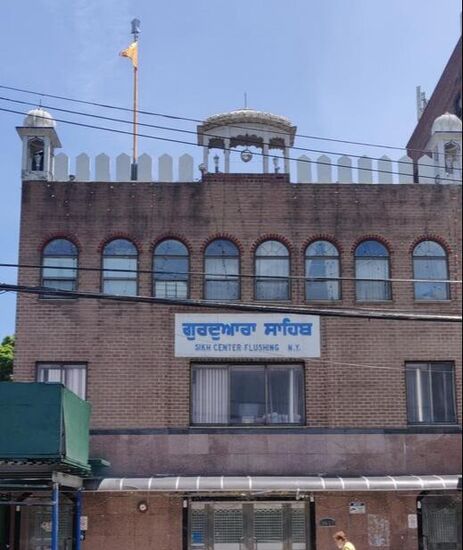
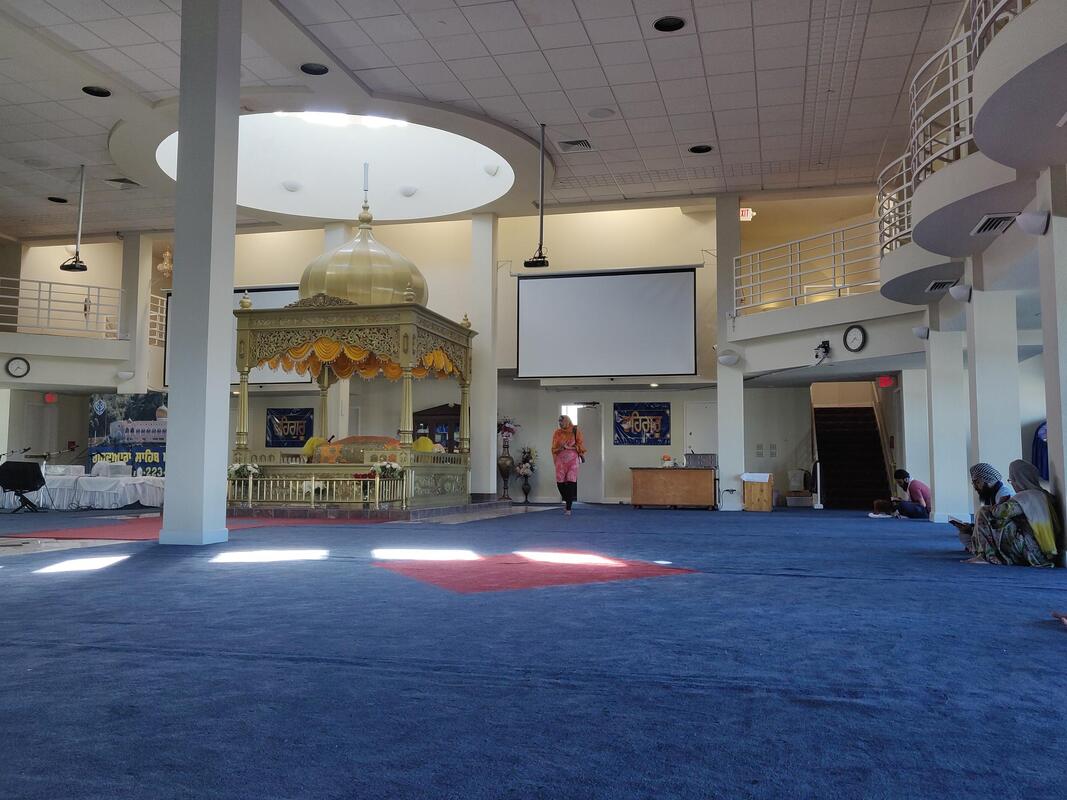
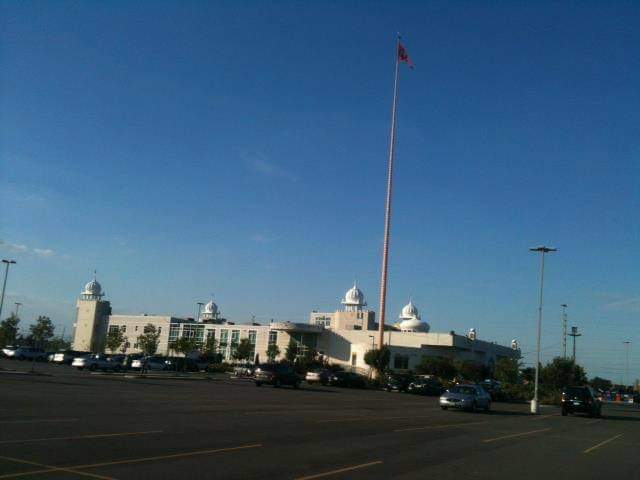
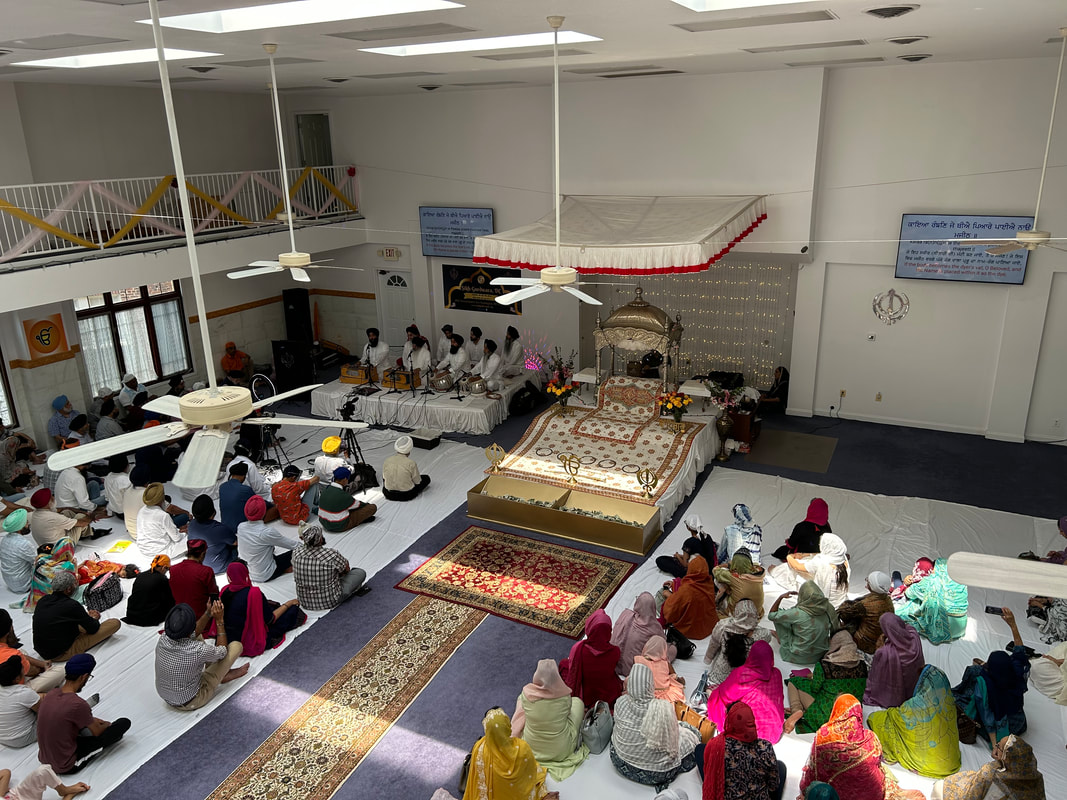
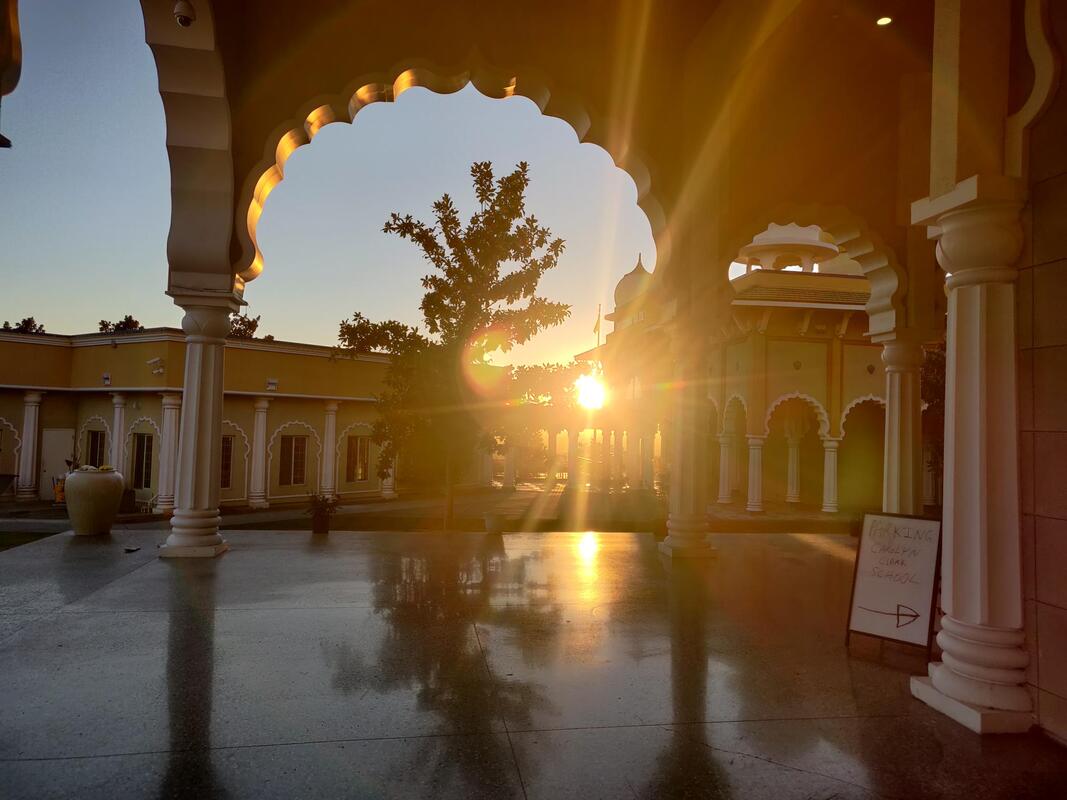
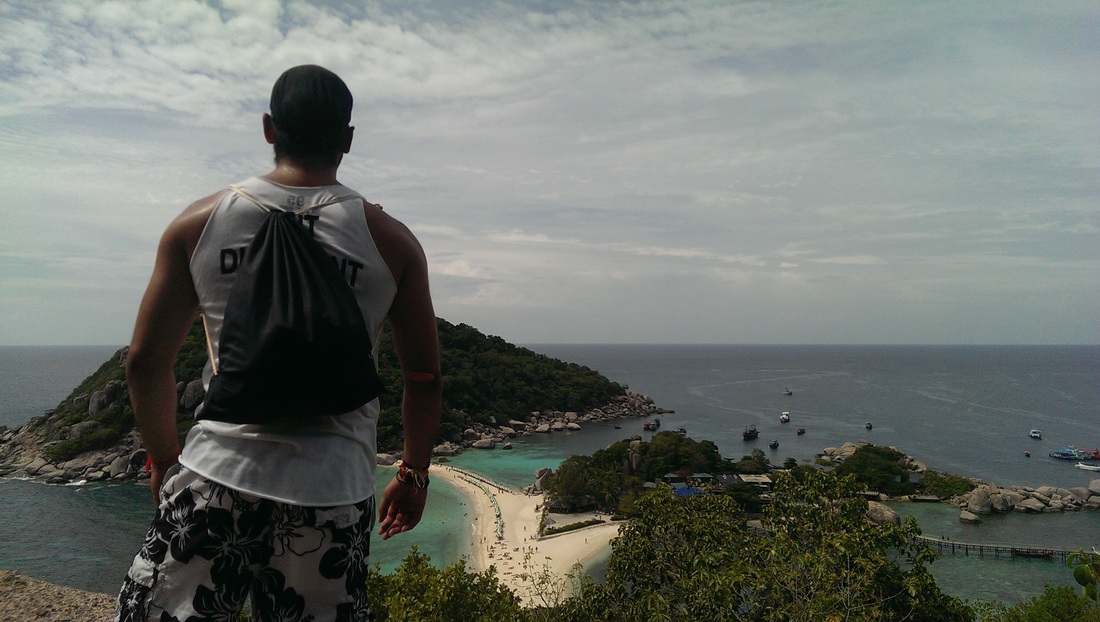
 RSS Feed
RSS Feed